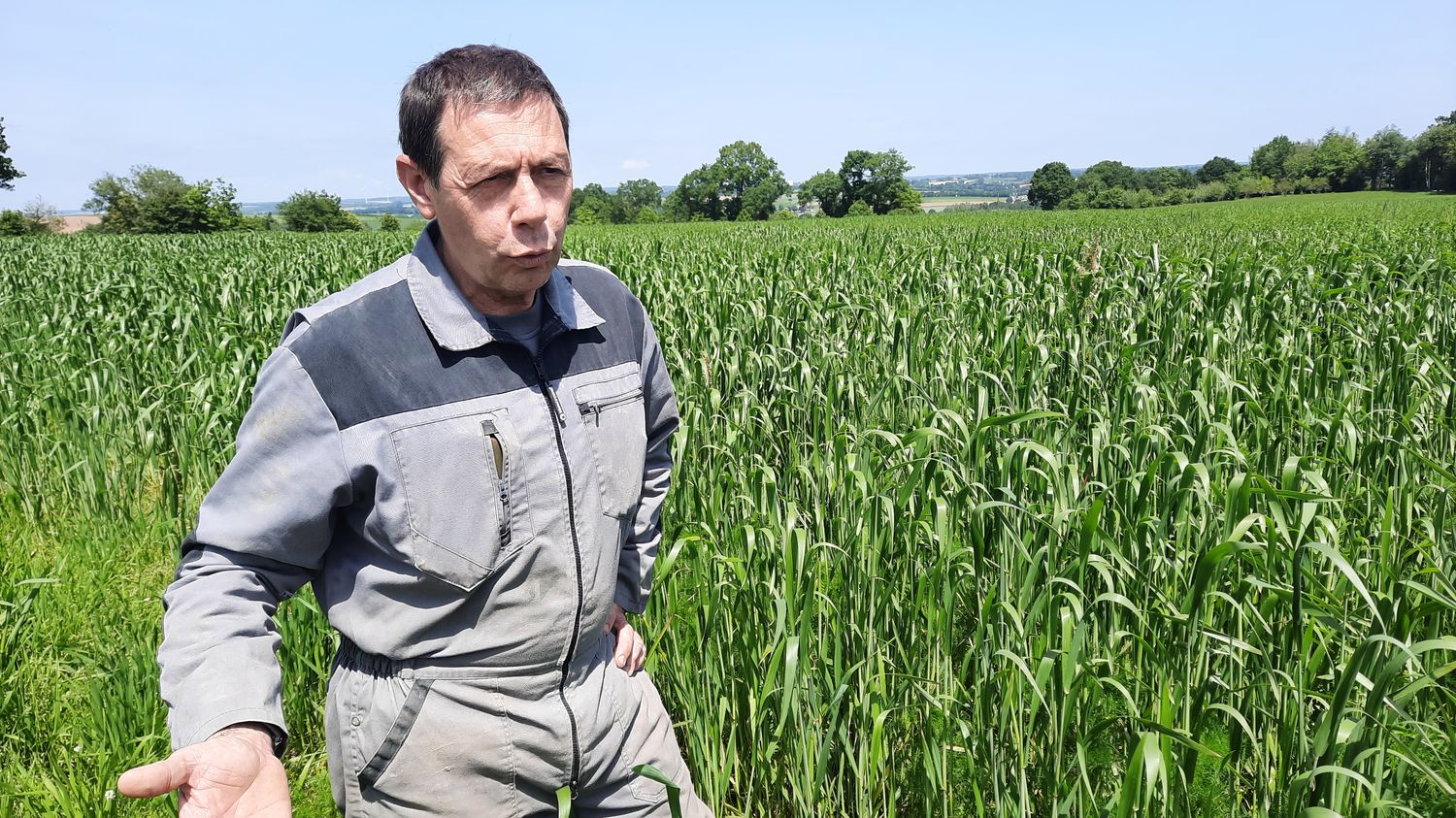The region’s chamber of agriculture is testing the cultivation of chickpeas and lentils to anticipate rising temperatures. These Mediterranean cereals are already beginning to grow in the center of the region.
In 2020, Rémy Gicquel separated from his herd, around fifty dairy cows. Based in Saint-Gonnery, in the center of Brittany, the farmer decided to devote himself exclusively to cereals. If, at first, he explains having “cultivated crops that are historically grown in Brittany, such as wheat, barley, rapeseed, hemp, buckwheat…“, step by step, “to complete the range, we try to grow new crops such as spelled, sunflower, lentils…“.
>>> Drought: in the face of climate change, farmers want to adapt well but are afraid of ending up dry
Historically, however, the lentil is not a widespread cereal in Brittany: “No, it’s mostly in the southern half of France. But more and more, it is grown further north because the weather is changing and because consumer demand is also changing.“, continues the farmer.
The choice was not made at random, Rémi Gicquel was able to base himself on the experiments carried out by the Chamber of Agriculture of Brittany. Thirty kilometers away is the experimental farm of Kerguéhennec, where the adaptation of chickpeas to the region is tested in particular. “It is part of a project on the adaptation of crops to climate change“, confirms Caroline Cocoual, in charge of studies at the institution. “We test different varieties of chickpeasshe explains, with some that are earlier and more adapted to the pedoclimatic sector [ensemble des conditions climatiques qui affectent un sol] of Brittany. We are on 15m² micro-plots that we repeat four times to be able to do statistical tests on them.”

“Take risks before farmers”
The goal is to determine whether the project is viable, explains the director of the experimental farm, Yvon Lambert: “We are preparing for the future. The station is there to take the risks before the farmers, so we test new technologies, new cropping systems. Once they are validated on different crops, we offer them, we advise them to farmers. So we test the chickpea and we test the lentil.”
The chickpea is also an illustration of a desire to adapt to a changing climate. At present, we are a bit tight in terms of “temperature sum”, but in the long term, in a few years, it may be adapted.
Yvon Lambertat franceinfo
The farm’s trials last six years and relate to about fifteen plant species, to better anticipate the future.
The report by Guillaume Gaven
listen
